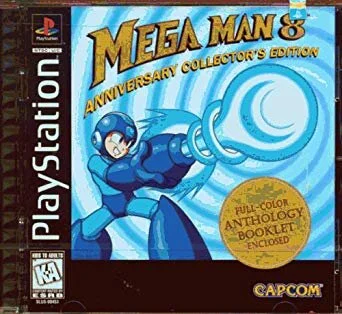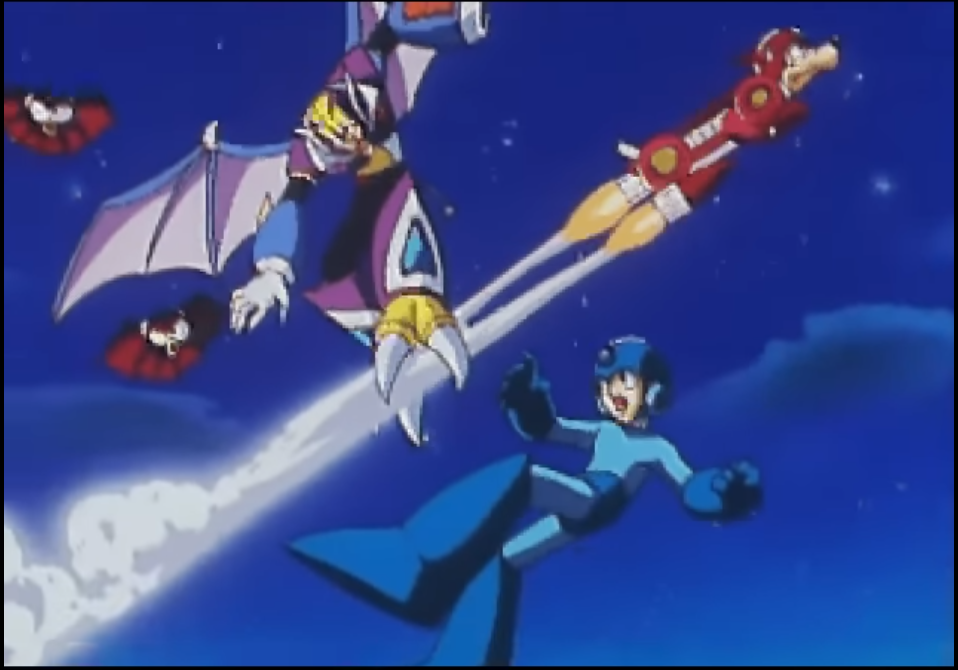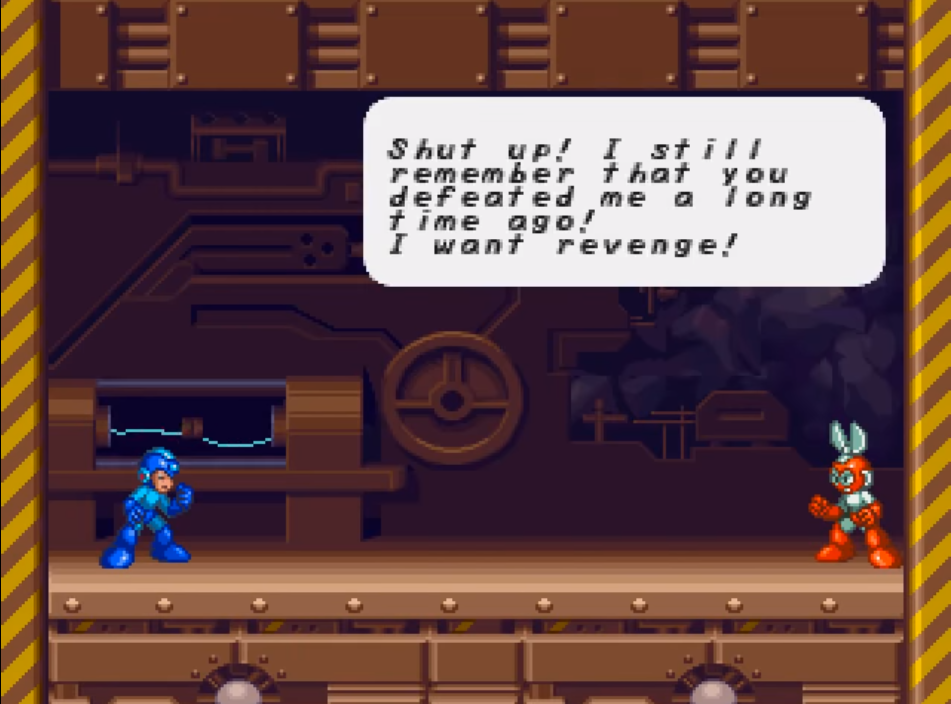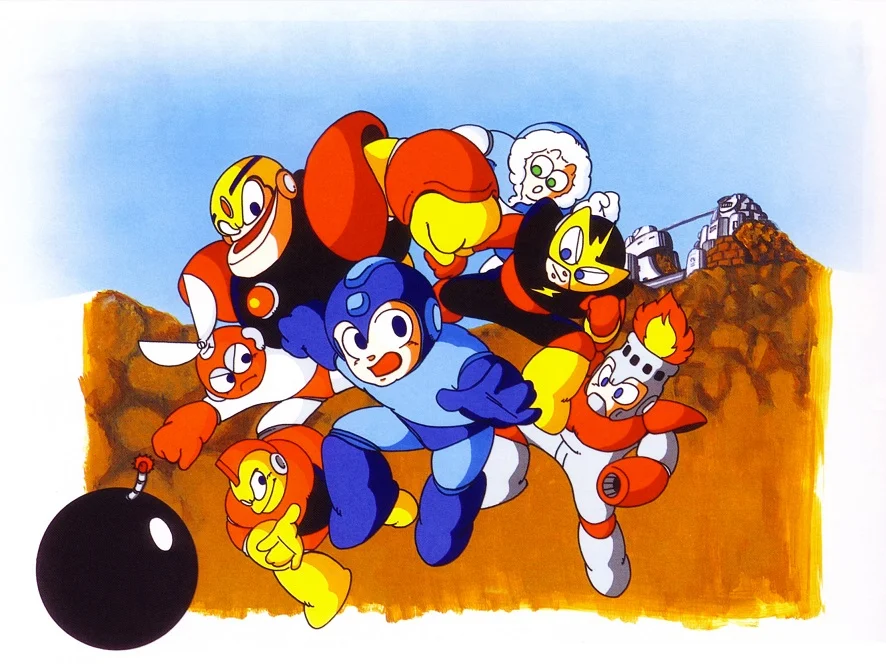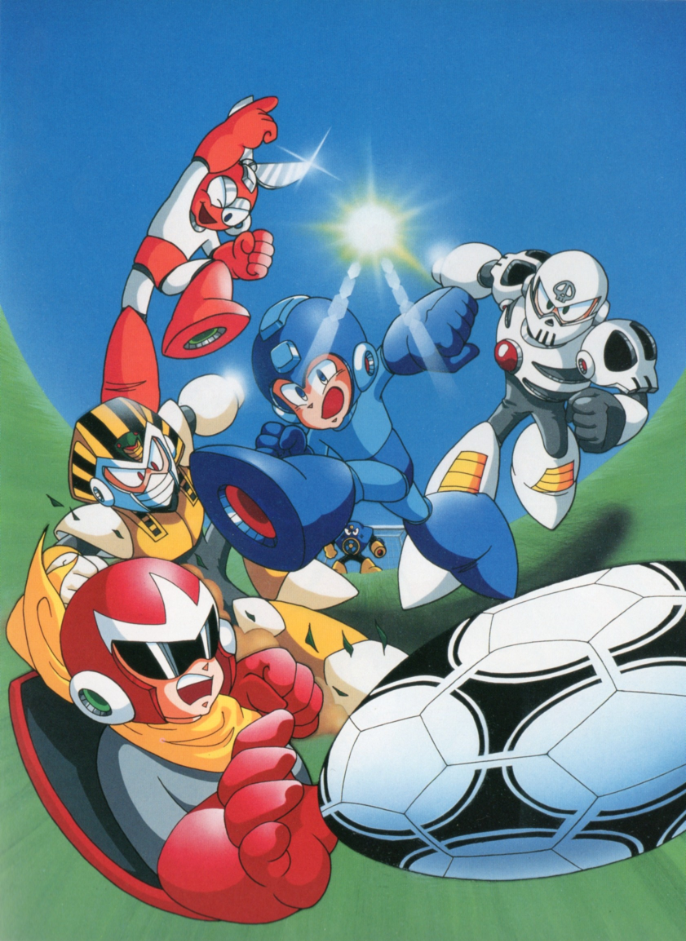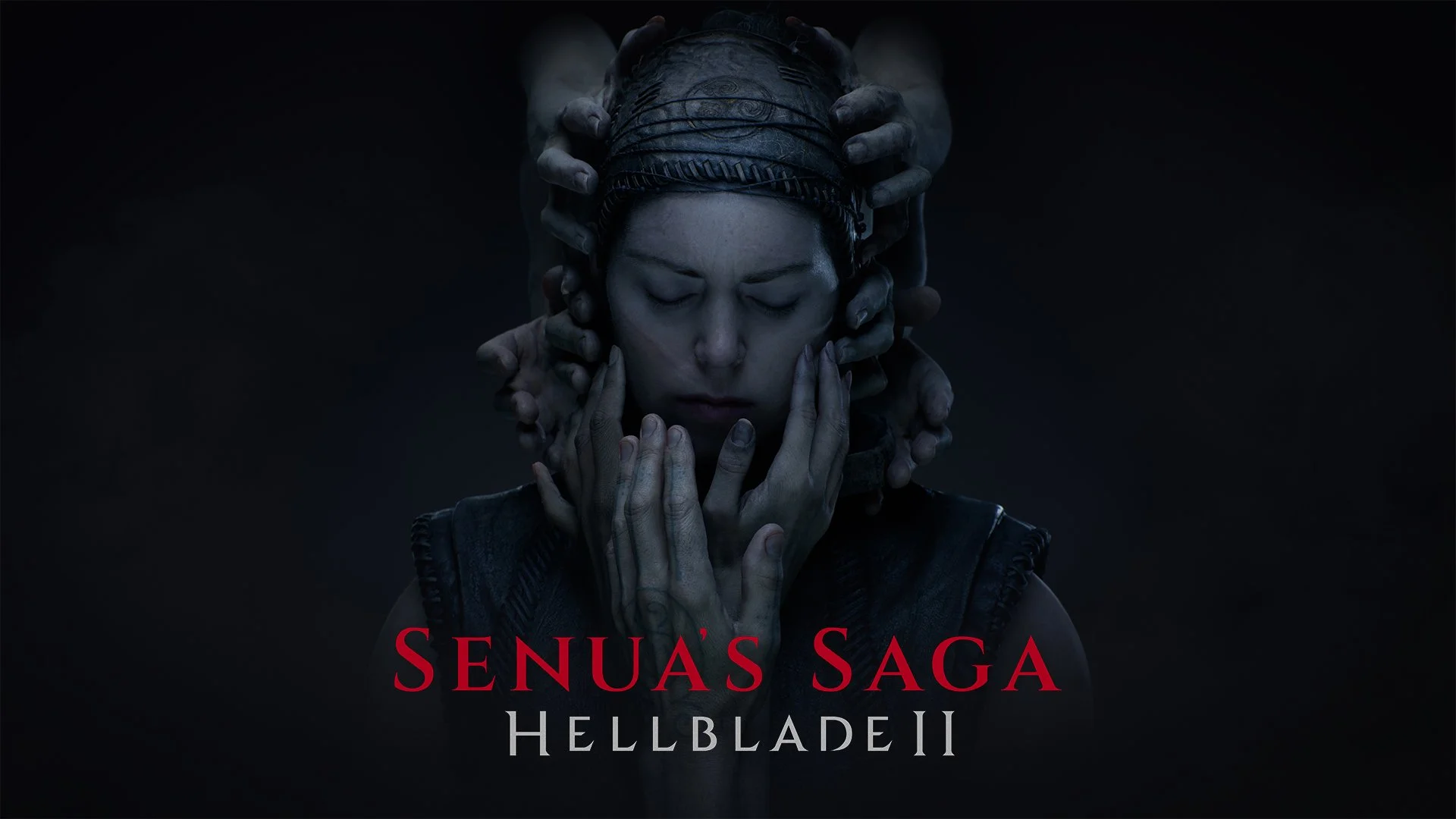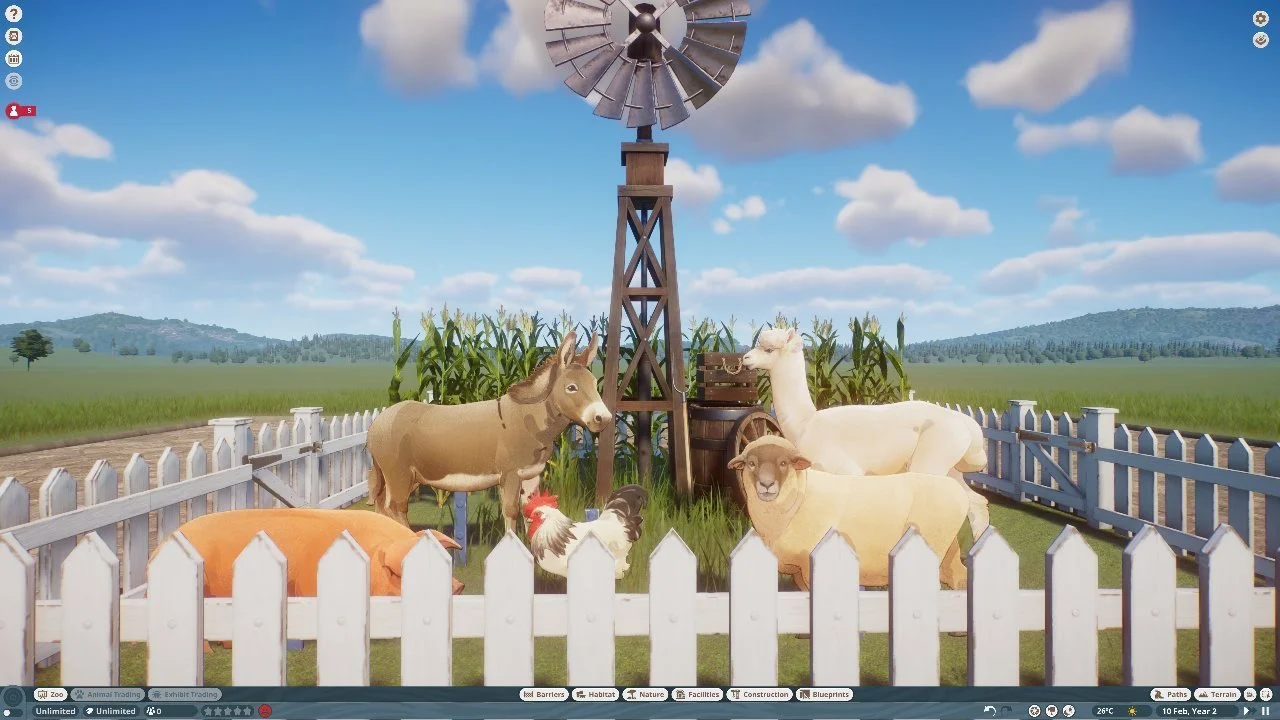Welcome to Part 8 of our run through on the original; Mega Man series! (For previous installments in this run-through, be sure to check out the following links Part 1 Part 2 Part 3 Part 4 Part 5 Part 6 Part 7
Today's installment brings us to 1996!
Mega Man 2: The Power Fighters (Originally released Summer 1996)
A few months after The Power Battle, we already got a follow-up: Mega Man 2: The Power Fighters. With the same general idea: a boss rush of classic Mega Man 1-7 Robot Masters, the major changes being the addition of Duo as a sneak peek for Mega Man 8, this feels like an expansion pack rather than a full-on sequel, but it's a silly little side game so what does it matter?
For the sake of trivia, Bass' origins are vaguely alluded to, as are Zero's. It’s another short game that can be completed in less than 30 minutes; you can unlock it on Mega Man Anniversary Collection.
Duo in Mega Man 2: The Power Fighters
Mega Man 8 (Originally released December 1996)
All the while, a new console war was in full effect: Sega had come up with a 32-bit console: the Sega Saturn, Sony had released their first console: the PlayStation in Japan and Nintendo had recently rolled out with their SNES successor: the Nintendo 64. This was a brave, new transitive period for the gaming industry and for a lot of the old established icons. Characters would have to adapt or die.
During the 32/64-bit era of gaming, several prominent 3rd party gamemakers, essentially the Nintendo extended family, like Capcom, Square and Konami jumped ship, giving the Nintendo 64 very little 3rd-party support. In fact, only 3 Capcom games were released on N64: the Resident Evil 2 port, the Mega Man Legends port (Mega Man 64) and Magical Tetris Challenge (featuring Disney characters).
Mega Man 8 featured animated cutscenes produced by Studio Xebec.
So why did Mega Man, a star of the NES and Super NES move to PlayStation? Well, it was less expensive to make games for the PlayStation and more memory available allowed for new possibilities: animated cutscenes and voices.
Mega Ball being used in the first stage.
With Tokuro Fujiwara's departure from Capcom, Mega Man 8 (Rockman 8: Metal Heroes) would be Keiji Inafune's first Mega Man game as general producer. He served as the gatekeeper for the Mega Man franchise up until his departure from Capcom in 2010
An error in the art booklet: Mega Man 5 and Mega Man 6’s artworks were swapped.
At the time, Sony Computer Entertainment America had a less than favorable view of 2D, sprite-based games and was not interested in a North American release. After Capcom essentially threatened to make the game a Sega Saturn exclusive, Sony folded on the proviso that the MM8 version on their console offered something to distinguish it. The first print run of the PlayStation version of Mega Man 8 was shipped with a commemorative art booklet giving summaries of the past 7 Mega Man console games and featured the old box art and Robot Master artwork. A cheap, but effective solution. The script of the artbook has a few oddities and even a blatant error or two. But for North Americans, this was the closest thing to a Mega Man artbook that was available at the time.
Mega Man battles duo in the intermission stage.
In Mega Man 8, Dr. Wily is attempting to take over the world using "Evil Energy" from outer space. Meanwhile, Mega Man and his friends investigate a mysterious robot from outer space: Duo. Mega Man's 8th home console adventure takes place all over the world: South America, Alaska, Asia, Europe, Australia, The Middle East... Mega Man goes on a globetrotting adventure!
Mega Man's first 32-bit game has many firsts: it's the first one to contain animated cutscenes (with infamous bad voice acting), it uses redbook audio, it features voice acting, Rush has several new features: Rush Bomber, Rush Cycle...
Grenade Man’s stage
The way the game is structured is very similar to Mega Man 7: intro stage, fight four bosses, intermission stage, four more bosses, and then finally Wily's Castle. there's a shop like the Rockman World games and Mega Man 7, but the bolts are severely limited, so you can't grind for them as you could in Mega Man 7. But there's many little tweaks here and there that shape its identity. There's limited healing options, but no Energy Tanks, Rush Jet only appears in scripted sequences, Mega Man can swim now like it's a Mario game... all these little changes that make the game stand out. It's more challenging than Mega Man 5. 6 or 7 in that it doesn't provide the player with a slew of ways to side-step tough parts of the game. Even so, Mega Man 8 is the first Mega Man game where your Master Weapon energy refiles upon revival and this is also the first Mega Man game where you can use your Buster while you have a Master weapon selected which kind of balances things out.
The stages offer quite a bit variety: of the first set of bosses Grenade Man's stage is the closest to a typical Mega Man game; Tengu Man's stage is mostly made of a Gradius/R-Type like horizontal shoot 'em up set piece, Frost Man's stage mostly revolves around snowboarding sections that remind me of the minecart levels in Pitfall the Mayan Adventure, Clown Man and later Astro Man's stage are essentially giant puzzles, the game will keep you guessing the first time you play it. Mega Man 8 is a bit of what's come before but also a little bit different. I think it's good for beginners and seasoned Mega Man players.
Cutman in the Sega Saturn version of Mega Man 8
Even though it sold less than the PlayStation version, and even though I generally think of Mega Man 8 as a “PlayStation Game”, the Sega Saturn version is arguably better with the return of Cut Man and Wood Man.
Mega Man 8 was squeezed out at the pipe end of 1996 and debuted to the rest of the world in 1997. This game was developed around the same time as Mega Man X4 with the same engine. In a sense, it feels like a foundation for Mega Man X4: a game with more ferocity, agility, and wall-jumping.
The Sega Saturn version of Mega Man 8.
Even though Mega Man 8 was eventually re-released under PlayStation's Greatest Hits, Capcom was not terribly impressed with the sales and changed the focus of the Mega Man series to spin-off series set in other timelines (Mega Man X and Mega Man Legends) and side games (Mega Man & Bass); gradually shying away from the original series of console games. Join us for the next part as we delve into two spin-off games of the original series...



